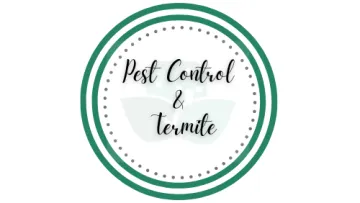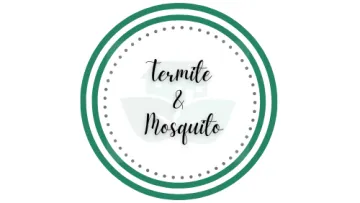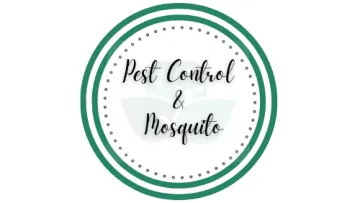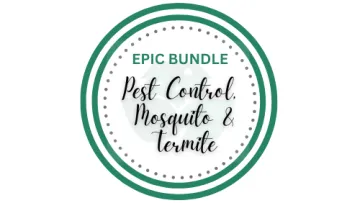Wood Destroying Fungi
Wood Destroying Fungi
Wood-destroying fungi present a serious risk to structures in the Southeastern United States, where the warm and humid climate provides an ideal environment for their growth. Common culprits such as brown and white rot fungi can cause significant decay in wooden structures, undermining their stability and integrity. Understanding the economic and structural impacts of these fungi, Good Nature Pest Control offers thorough solutions for the identification, prevention, and treatment of wood decay problems.
Our services include moisture control, fungicide treatments, and structural repairs to address and mitigate the effects of wood-destroying fungi. By proactively managing these issues, we aim to protect homes and buildings in the Southeast, ensuring their durability and safety.
Types of Wood Destroying Fungi
In the Southeastern United States, wood-destroying fungi present a significant threat to the structural integrity of buildings and wooden structures. Notable fungi include brown rot species like Serpula lacrymans, which degrade cellulose and hemicellulose in wood, causing a distinctive brown discoloration, and white rot fungi such as Phellinus spp., which break down both lignin and cellulose, leading to a whitening of the wood.
The region's warm and humid climate provides ideal conditions for these fungi, resulting in gradual decay and potential structural damage. Good Nature Pest Control offers comprehensive solutions to combat wood-destroying fungi, including moisture control, fungicide treatments, and structural repairs. Our goal is to protect homes and buildings from the harmful effects of fungal decay, ensuring their long-term safety and durability.
Brown Rot Fungi
(Serpula Lacrymans)
Causes wood decay by breaking down cellulose and leaving behind a characteristic brown discoloration.
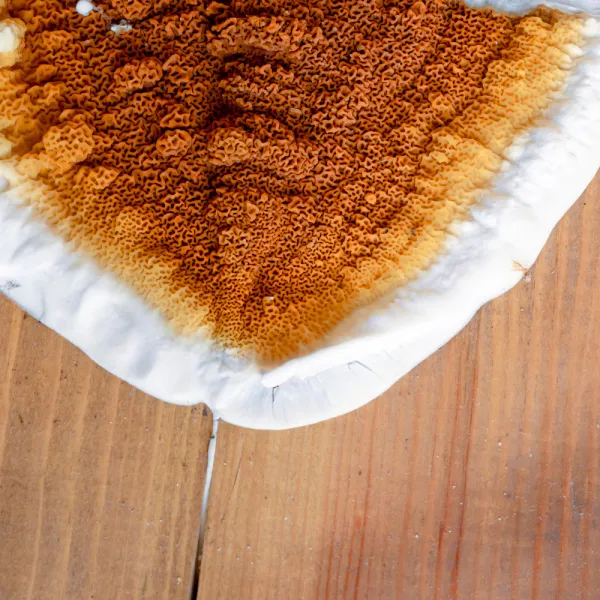
Dry Rot Fungus
(Serpula Spp.)
Thrives in damp conditions and can cause significant structural damage by breaking down both cellulose and hemicellulose.
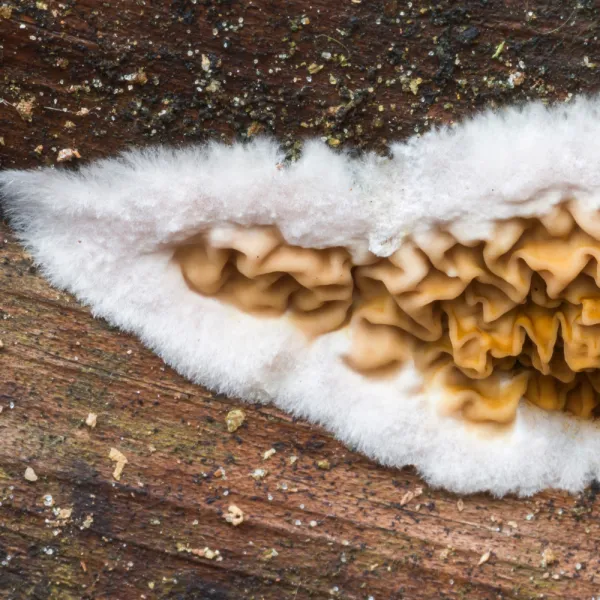
White Rot Fungi
(Phellinus Spp.)
Decomposes both lignin and cellulose in wood, resulting in a whitening of the affected material.
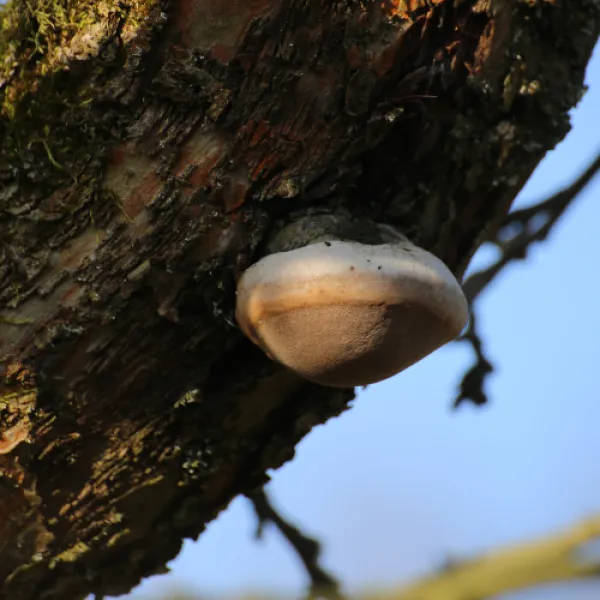
Bundle Packages Available!
Experience the value of Good Nature Pest Control's all-inclusive bundles, offering exceptional service and significant savings.
Don't miss the opportunity to explore our referral program! Get in touch with us today!
Decades
Of Experience
Dozens
Of Customer Service Awards
Thousands
of Online Reviews
Frequently Asked Questions
Q How prevalent are wood-destroying fungi in the Southeast?
Wood-destroying fungi are common in the Southeast due to the warm and humid climate, creating an environment conducive to their growth.
Q What types of wood-destroying fungi are commonly found in the region?
Common fungi include brown rot fungi like Serpula lacrymans and white rot fungi such as Phellinus spp., both capable of causing structural damage.
Q What signs indicate the presence of wood-destroying fungi?
Signs include discoloration, softening, and a musty odor in affected wood, indicating decay caused by fungi.
Q How quickly can wood-destroying fungi cause damage?
Depending on environmental conditions, fungi can cause significant damage over several months or years.
Q Can Good Nature Pest Controld identify and assess the extent of fungal damage?
Yes, our professional services include identification and thorough assessments of wood-destroying fungi and their impact on structures.
Q What preventive measures can homeowners take to avoid fungal issues?
Good Nature Pest Control provides solutions such as moisture control measures, fungicide applications, and structural repairs to prevent and mitigate fungal decay.
Q Are certain types of wood more susceptible to fungal attack?
Softwoods are generally more susceptible than hardwoods, but proper maintenance and preventive measures can protect all types of wood.
Q How can homeowners maintain optimal conditions to prevent fungal growth?
Proper ventilation, moisture control, and regular inspections are key to minimizing conditions conducive to fungal growth.
Q Can wood-destroying fungi be treated and eliminated?
Yes, Good Nature Pest offers effective treatments, including fungicide applications and structural repairs, to eliminate existing fungi and prevent further damage.
Q How often should homes be inspected for wood-destroying fungi?
Regular annual inspections are recommended to detect fungal activity early and implement preventive measures, ensuring the long-term health of structures in the Southeast.

